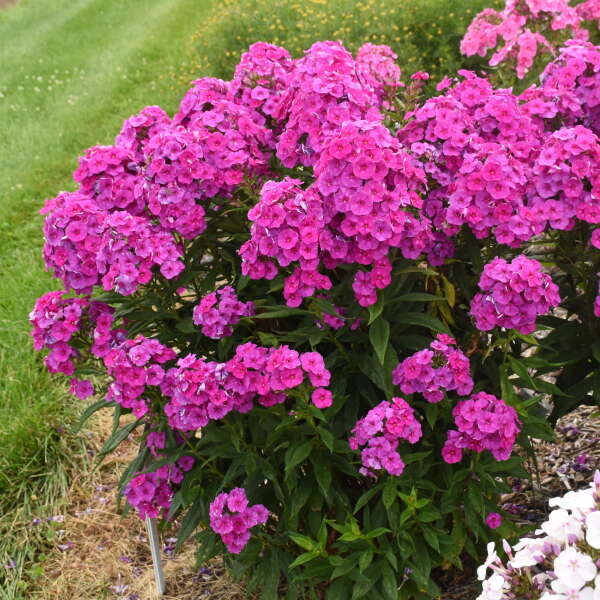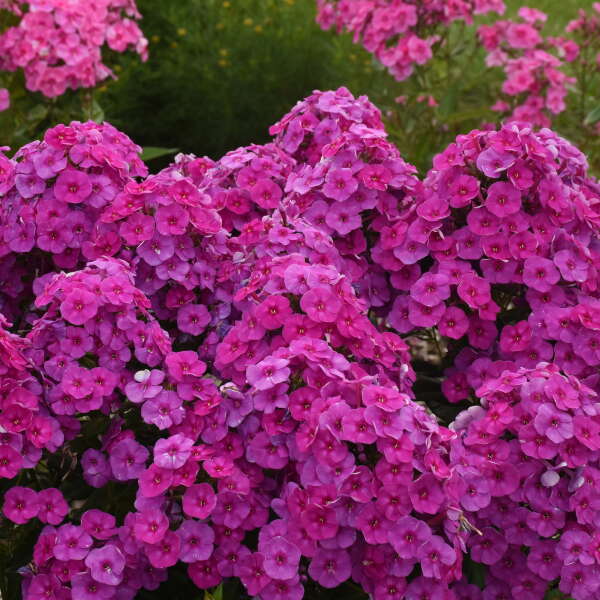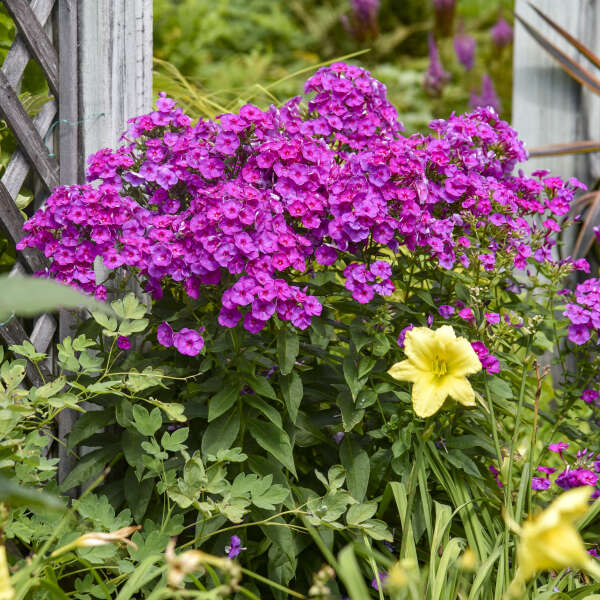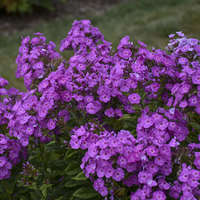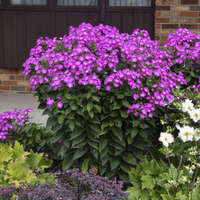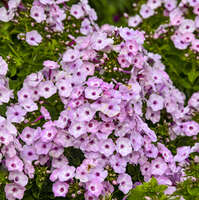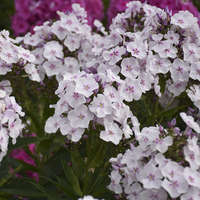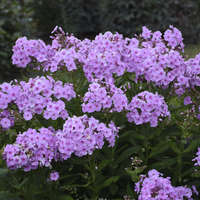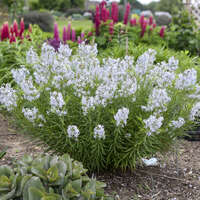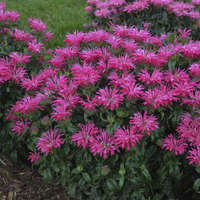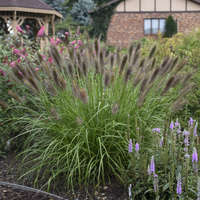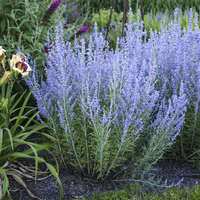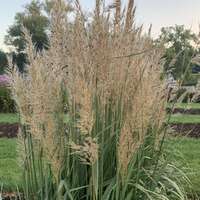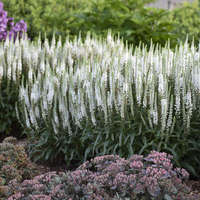Phlox paniculata 'Material Girl' PP36444
GARDEN GIRLS® Collection

Common Name: Tall Garden Phlox
Our flagship Phlox paniculata variety, 'Glamour Girl', has been admired for years because of its beautiful floral display. More importantly, 'Glamour Girl' is known for disease resistance, specifically mildew that often plagues Tall Garden Phlox. Now accompanying 'Glamour Girl' are three additional varieties that share the same characteristics, including rebloom. We've put them to the test with our hot, humid Michigan summers and compared to other varieties that turn white with mildew. These varieties proudly display their dark green foliage well into fall.
'Material Girl' has fuchsia purple flower panicles are held on sturdy stems. One of the tallest members of the GARDEN GIRLS® Collection.
These perennials are a favorite of gardeners around the world and a staple of North American native gardens. Be sure to locate these plants in full sun for the best flowering performance and to help avoid powdery mildew concerns. A favorite of pollinators.
72ct Plug Tray |
Grade #1 Bare Root |
